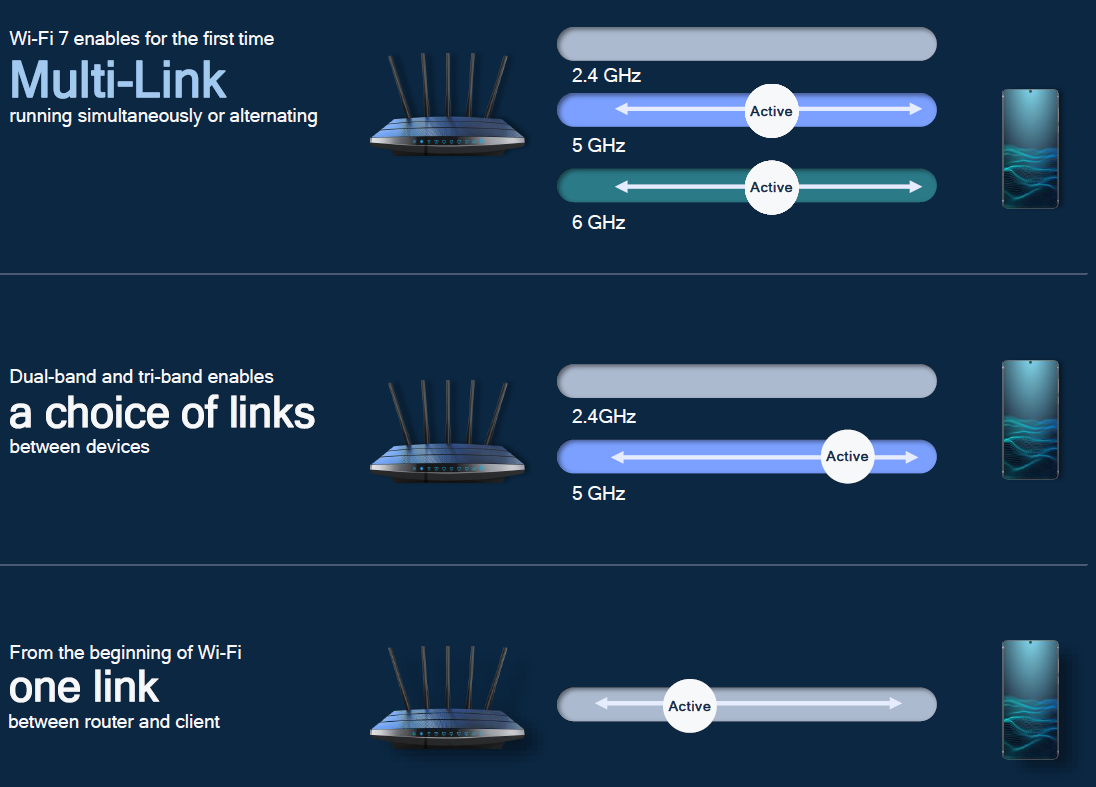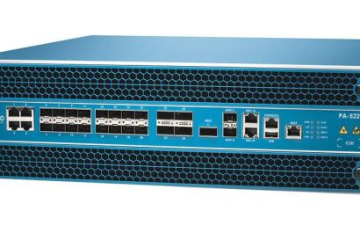Have you ever heard about WiFi 7 and how it changes the way we connect to the internet? Do you ever dream of downloading a full-length HD movie in just a few seconds, seamless video streaming with no lag, and getting a reliable connection even in crowded areas? That’s what WiFi 7 is designed for!
With its enhanced performance, WiFi 7 is not just an upgrade; it’s a game-changer for everything from smart homes to business networks, which provides a robust foundation for the future of digital innovation. The market size value for WiFi 7 is predicted to reach USD 24.97 billion by 2030, with a CAGR of 55.2% from 2024-2030.
But how does this next-generation standard do all of those amazing things? And what makes it different from the ones that came before it? Learn more about the benefits of WiFi 7 here: https://www.tp-link.com/ph/support/faq/3991/
Evolution of WiFi Standards
Have you ever wondered how WiFi standards have evolved over time? It all started with the release of WiFi 1, also known as 802.11b, back in 1999. This standard provided a maximum data rate of 11 Mbps, transforming wireless connectivity. As technology advanced, WiFi 2 (802.11a) and WiFi 3 (802.11g) were introduced, offering faster speeds and better reliability.
The real game-changer came with WiFi 4, also known as 802.11n, which brought speeds of up to 600 Mbps and improved range. WiFi 5, or 802.11ac, took things even further with speeds exceeding 1 Gbps and better performance in crowded environments. Currently, WiFi 6 (802.11ax) is the latest standard widely available, offering faster speeds, lower latency, and improved efficiency.
Each new WiFi standard builds upon the successes and challenges of its predecessors, aiming to provide users with faster, more reliable wireless connections. Stay tuned as WiFi continues to evolve to meet the demands of our increasingly connected world.
Key Features of WiFi 7
When you look into the WiFi 7’s cutting-edge technology, you can see its new features that change the way WiFi connections work. One key feature of WiFi 7 is its improved efficiency in handling multiple devices simultaneously. This means that even in congested network environments, WiFi 7 can provide a seamless experience for all connected devices. WiFi 7 introduces enhanced security protocols, offering a more robust defense against potential cyber threats.
Another standout feature of WiFi 7 is its increased range, which allows for better coverage in larger spaces without compromising speed. This expanded range is particularly beneficial for smart home setups and offices with multiple floors or rooms. WiFi 7 boasts improved power efficiency, prolonging the battery life of connected devices such as smartphones, laptops, and IoT gadgets.
WiFi 7 supports higher data rates, enabling faster download and upload speeds compared to previous WiFi generations. This enhanced speed is crucial for bandwidth-intensive activities like 4K video streaming, online gaming, and large file transfers. The key features of the WiFi 7 make it a significant advancement in wireless technology, promising a more reliable and efficient connectivity experience.
Enhanced Performance and Speed
With its focus on enhanced performance and speed, WiFi 7 changes wireless connectivity by delivering unique data transfer rates and seamless user experiences. By leveraging advanced technologies such as improved modulation schemes and wider channel bandwidths, WiFi 7 is capable of achieving blazing-fast speeds that far surpass those of its predecessors.
One of the key advancements of WiFi 7 is its ability to support multi-gigabit data rates, enabling users to effortlessly stream high-definition content, engage in low-latency online gaming, and transfer large files in a fraction of the time compared to older Wifi standards. This enhanced performance is particularly beneficial in environments with a high density of connected devices, ensuring a smooth and responsive network experience for all users.
WiFi 7’s improved efficiency and reduced latency contribute to a more reliable connection, making it ideal for applications that demand real-time data transmission, such as video conferencing and IoT devices. The enhanced performance and speed of WiFi 7 open up a world of possibilities for maximizing productivity and enjoyment in the digital age.
Advanced Technology Behind WiFi 7
Leveraging cutting-edge modulation techniques and wider channel bandwidths, WiFi 7 harnesses advanced technology to achieve unparalleled data transfer speeds. By utilizing more efficient modulation schemes like 1024-QAM (Quadrature Amplitude Modulation) compared to WiFi 6’s 256-QAM, WiFi 7 can transmit more data per symbol, boosting overall throughput. WiFi 7 operates on higher frequency bands, such as the 6GHz band, providing more available channels with less interference for faster and more reliable connections.
WiFi 7 incorporates improved Multiple User MIMO (MU-MIMO) technology, allowing routers to communicate with multiple devices simultaneously. This enhancement optimizes network efficiency, particularly in environments with numerous connected devices. Another key feature is the use of Orthogonal Frequency Division Multiple Access (OFDMA), which enables more efficient data transmission by dividing channels into smaller sub-channels to accommodate different devices’ bandwidth requirements.
Implementation and Future Prospects
To successfully implement WiFi 7 and explore its future prospects, consider the compatibility of existing devices and the readiness of infrastructure for the new technology.
Upgrading to WiFi 7 may require replacing older devices that lack support for the latest standards, ensuring seamless connectivity and optimal performance. Manufacturers are already working on developing devices that are WiFi 7 compatible, but it’s essential to assess the compatibility of your current devices before making the switch.
The infrastructure needs to support the higher speeds and lower latency offered by WiFi 7. This includes ensuring that routers, modems, and other networking equipment can handle the increased demands of the new technology.
Looking ahead, the future prospects of WiFi 7 are promising, with potential applications in various industries such as healthcare, education, and smart homes. As WiFi 7 continues to evolve, we can expect enhanced connectivity, faster speeds, and improved efficiency, revolutionizing the way we interact with technology.
Conclusion
WiFi 7 represents the next level of wireless technology, offering faster speeds, improved performance, and enhanced capabilities. It is set to transform the way we connect and interact with the internet. As technology continues to evolve, WiFi 7 is paving the way for a more efficient and seamless wireless experience for users around the world.



